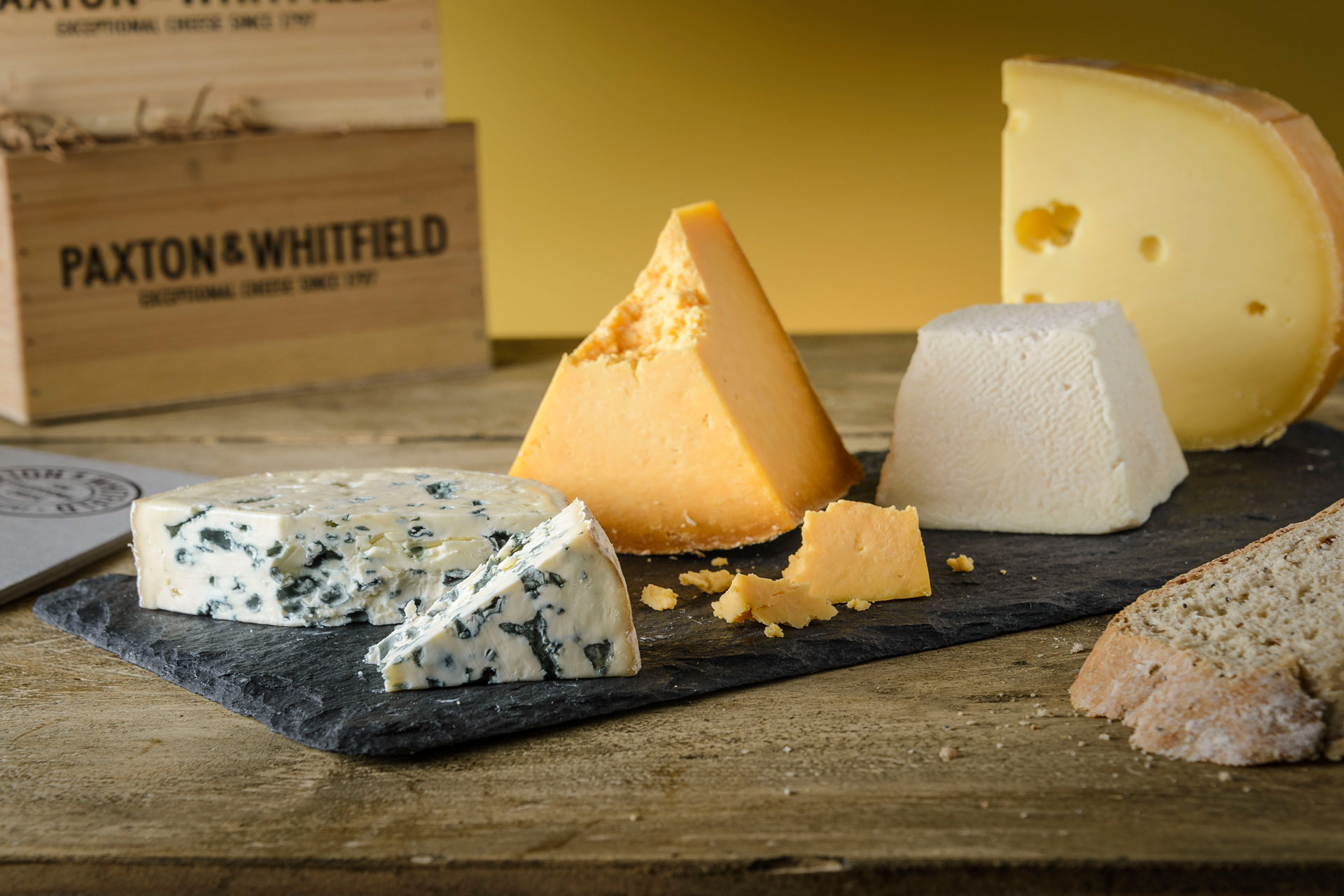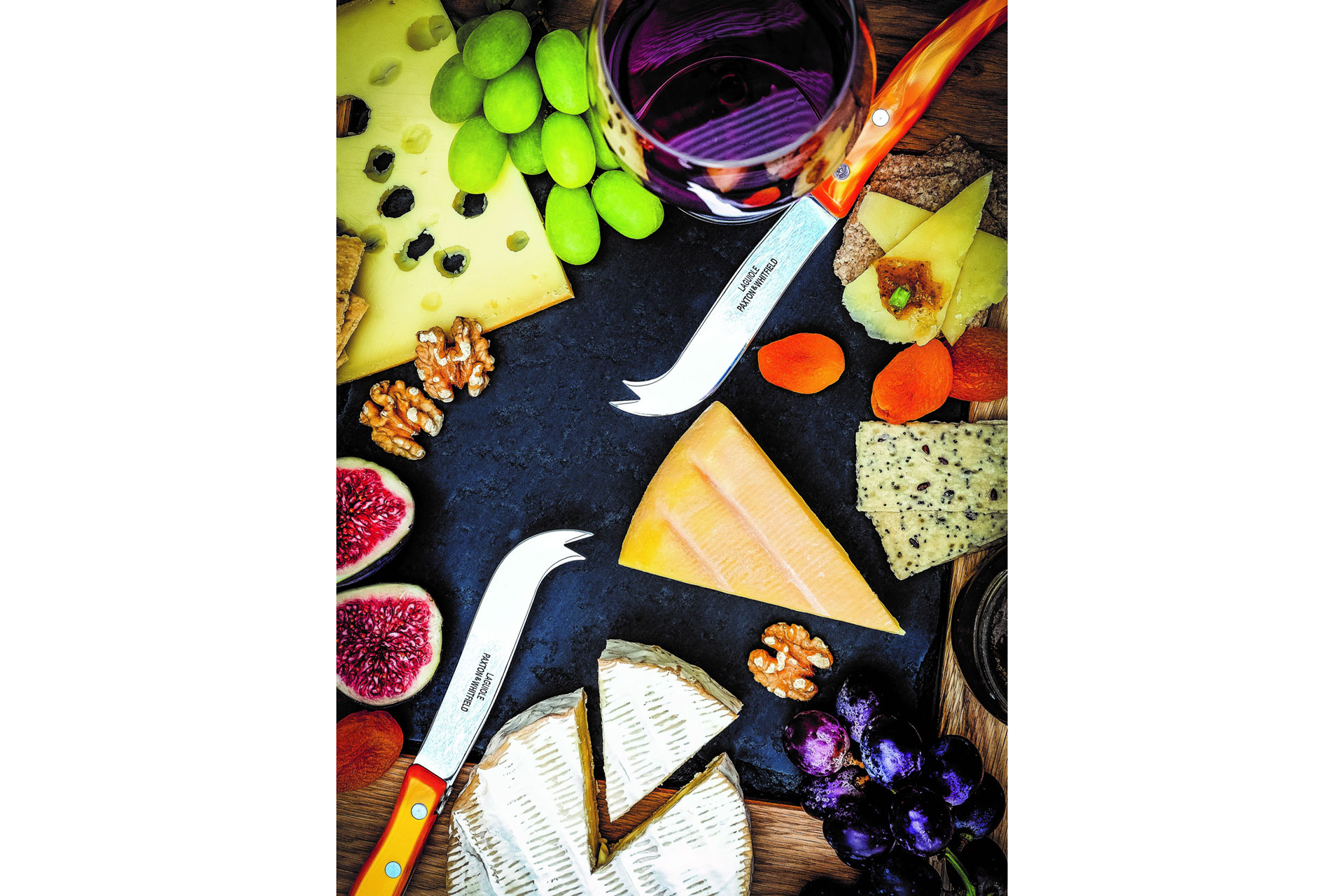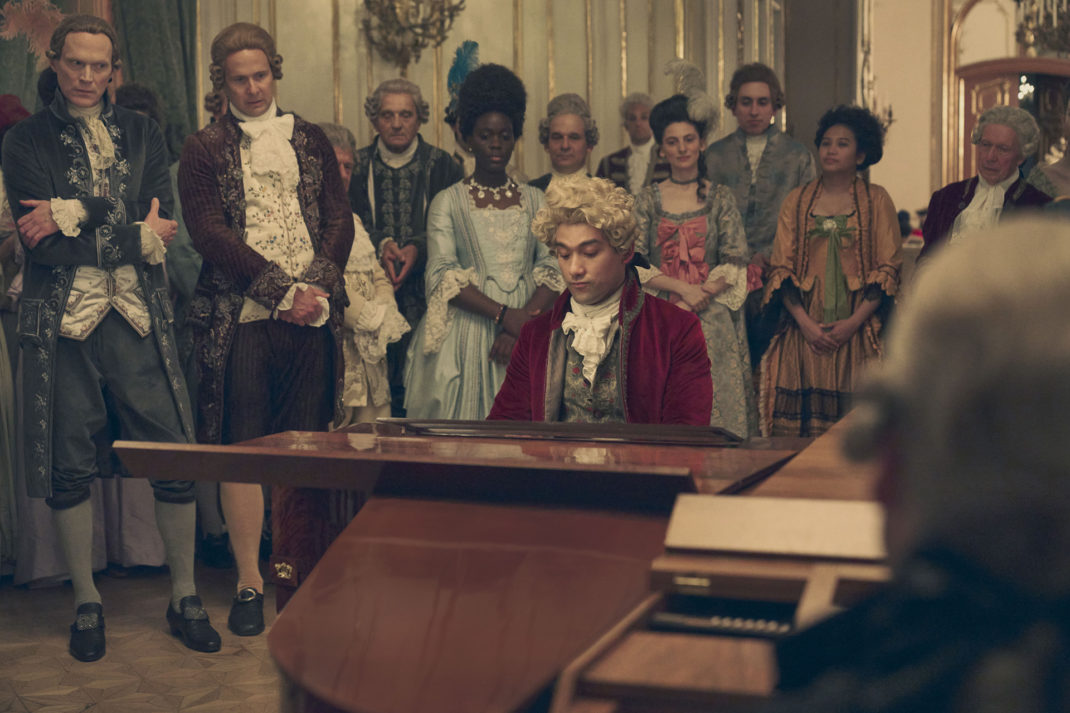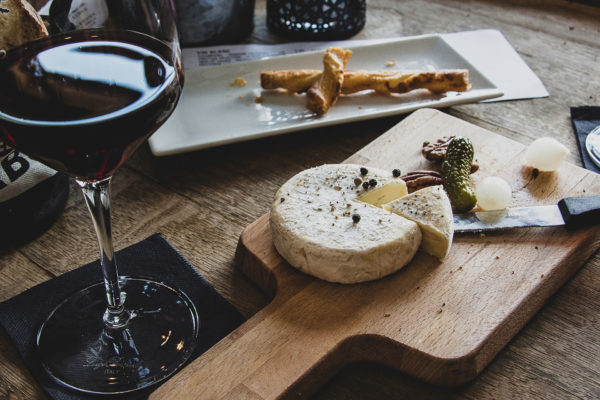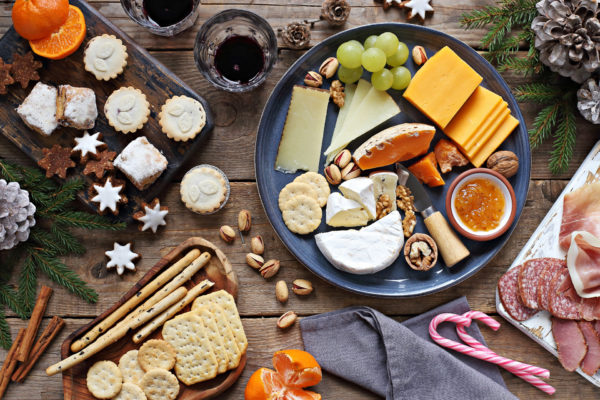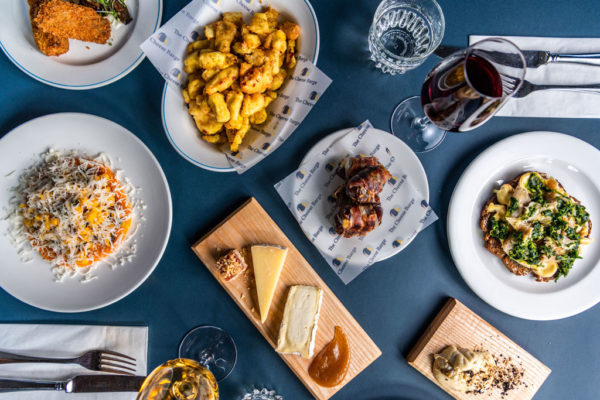A Guide to Cheese with Paxton & Whitfield
By
3 years ago
The ultimate guide to becoming a cheese connoisseur
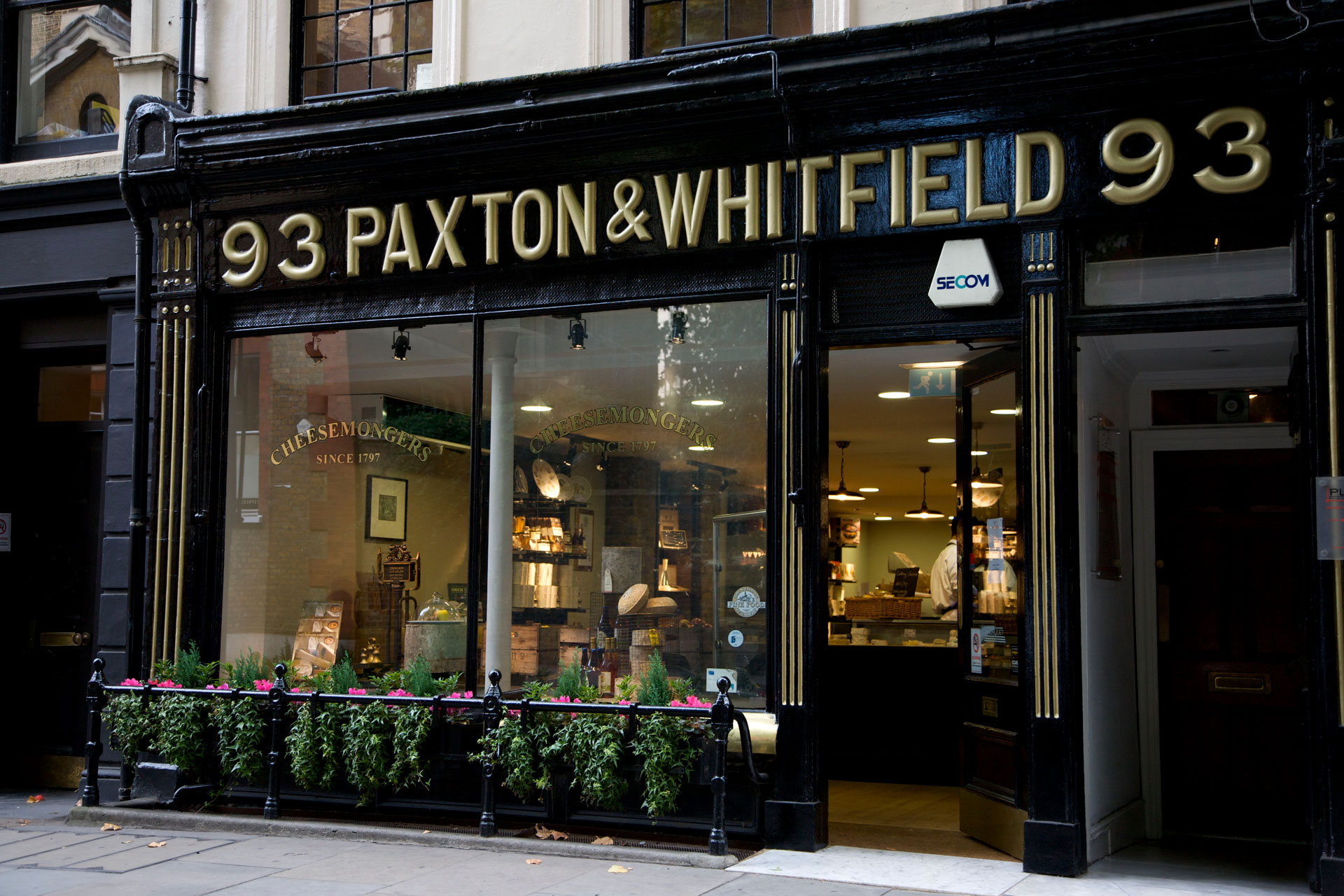
Love cheese? Why don’t you become a grand fromage by taking a cheese course at royal favourite Paxton & Whitfield, says Caroline Phillips
Everything You Need To Know About Cheese With Paxton & Whitfield
Cheese making was a gift of the gods, according to Greek mythology. And this course has been created by the Paxton & Whitfield gods of Piccadilly. If you’ve ever wondered how cheese is made, how to taste it like a pro, how to describe its character, when to eat it, how to serve it and with what, this is the class for you. It’s masterminded by the super knowledgeable folk from that shop that’s had the Buckingham Palace patent since Queen Victoria. And after closing the physical classroom door for the pandemic lockdowns, in-person meetings have just started again.
You’ll begin at the shop counter with its 150 cheeses, tasting a Schwarz Ziegenkäse (raw goat’s milk cheese that costs almost as much as truffle camembert) through to an aged Gouda and working up to a blue, chatting about how long the taste lingers (its ‘finish’). ‘It’s certainly got a mature look to it,’ you may say, feigning knowledge, as the manager, Hero, talks about cheese mites aerating the rind. Soon you start to see the world through delightfully cheese-tinted glasses, and wonder why it’s taken you this long to learn the important facts of history: namely that Cheshire (the flaky one, not the county, natch) gets a mention in the Magna Carta and Roquefort in a missive from Caesar.
Then you’ll repair to the St James’s church basement ‘classroom’ with your ten jolly classmates – fortysomethings who consider cheese to be milk’s leap to immortality – including a cheesemaker and turophiles (that’s the official word for ‘cheese lovers’) from as far afield as Japan and the US. Taught with passion by two more cheese afficianados from the cheeserie established in 1797, you’ll learn about everything from starters and enzymes to the makeup of cheese. You’ll do hypothetical wine pairings – ‘hypothetical, so that you don’t fall asleep,’ says teacher Alan – recommending a Camembert de Normandie be drunk with what? Yes, indeed, a buttery white burgundy.
You’ll establish that an ‘affineur’ is a ‘cheese nanny’ (who looks after her charges and checks they’re ageing well), that Tina-the-Turner is a cheese-turning robot, and how to cut cheese so that you don’t drag the rind into it. That Camelbert (sweet and smelly, and spelt with an ‘l’ instead of an ‘m’) is made from camel’s milk. And what of donkey’s cheese? ‘Expensive,’ reveals co-teacher, Danielle. ‘They don’t make much milk.’
You’ll find yourself willingly being swept further and further into the fascinating world of caseophiles (cheese connoisseurs). But you’ll get a brief rest from cheesy matters over a delicious, simple lunch of flans, cous cous and salads. Then there are tasting notes to be done on cow, buffalo, and sheep’s cheese, and serious forms to be filled in on texture, consistency, colour and blueing. On rind (white mould? Rindless?) and smell (intense? Ammonia?). ‘Try tasting it holding your nose,’ suggests Alan, as you tackle your ‘exam’.
These gods bring order to the unruly world of cheese. Their enthusiasm is so infectious it makes you want to become a Master of Cheese. And you get to taste about 25 cheeses, 13 in detail, and receive a certificate at the end. If this course were a person, you’d call it a grande fromage.

